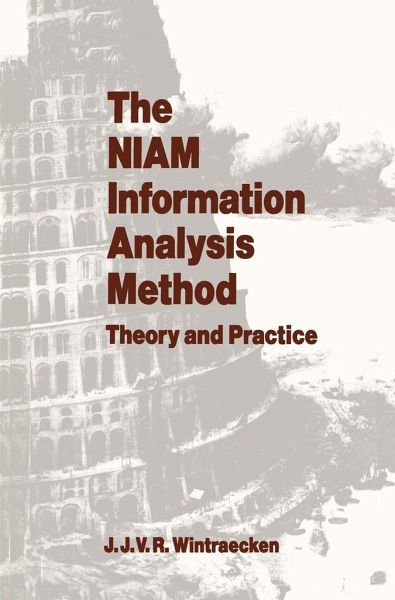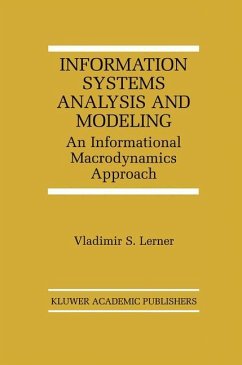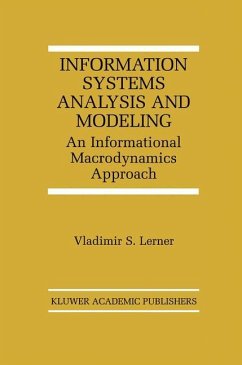
The Niam Information Analysis Method
Theory and Practice
About information analysis Everywhere people are working, they are communicating or exchanging informa tion about their work. Unless they come to reasonable agreements about this communication, i.e., agreements describing the "language" of their communica tion so that they can understand each other's information, sooner or later there will be such a "Tower of Babel" that their goal of communication will be doomed to failure. There are a lot of places wh~re some of the communication between people working together is being carried out via an information system. In these cases too, a clear agreement about communication must be made, so that people communi cating via an information system can understand each other at all times. In such an agreement, it is determined which data may be exchanged with the information system and the meaning everyone should assign to that data. For communication taking place via an information system, such an agreement is called a "grammar" or a "conceptual schemea" of this information system. "Information analysis" is that field and also that phase of development of an information system in which the grammar or the conceptual schemea of the information system is determined. The grammar or the conceptual scheme is an essential part of the specifications of present-day information systems.








